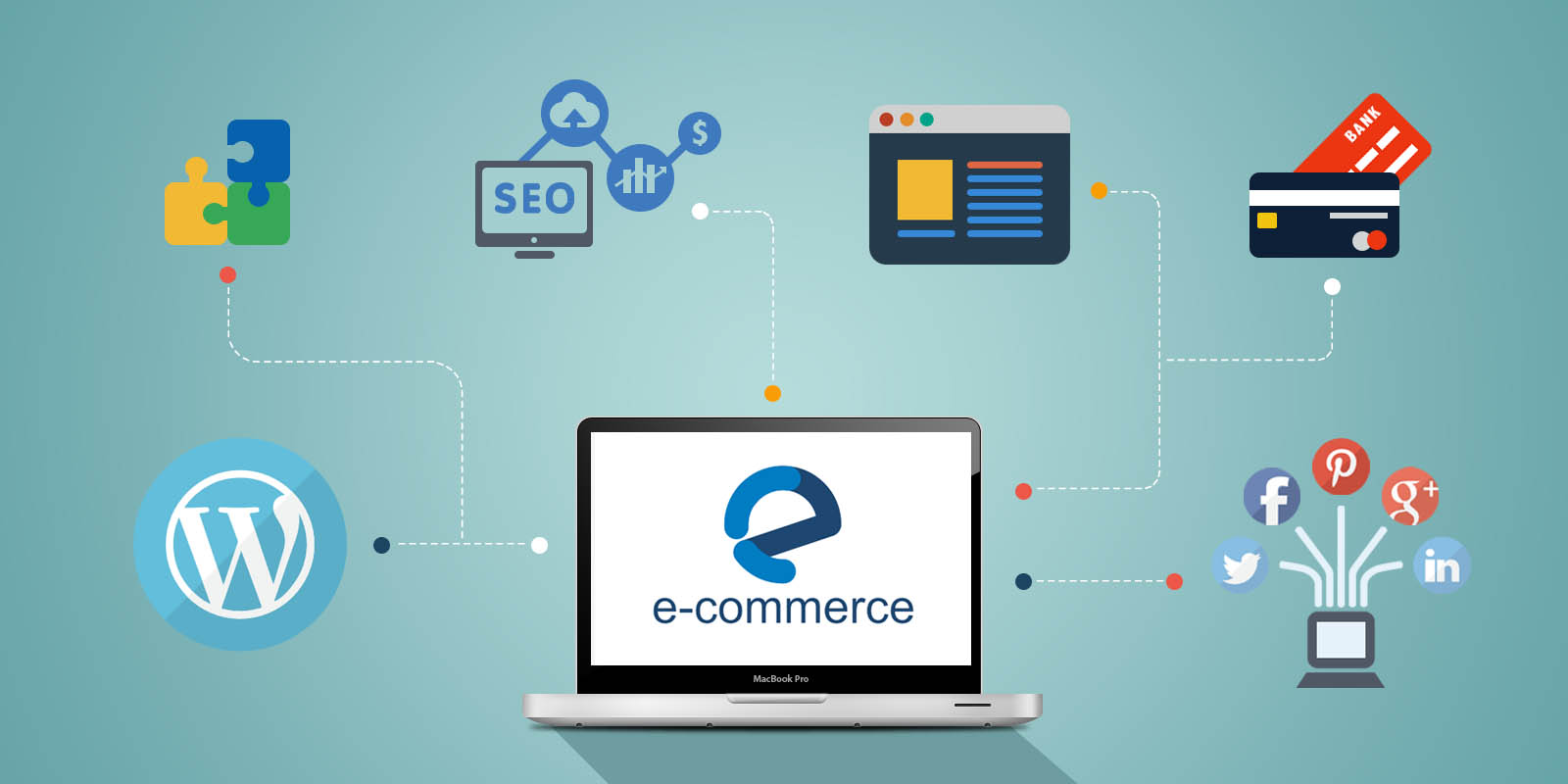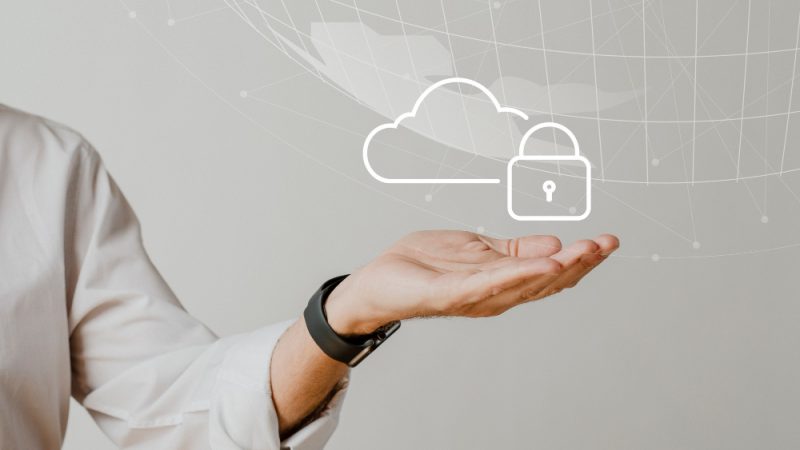Types and features of e-commerce

E-Commerce is a sector of the economy in which advertising, promotion, commercial and financial transactions are carried out directly on the Internet. That is, when you buy or sell something on the Web, this is e-Commerce. By contacting an ecommerce development services company, you will receive a unique product that is tailored specifically to your task.
There are six main types of e-commerce, the main difference of which is the interacting parties: business, consumer, and administration.
- B2B – e-commerce for business. This is a type of e-commerce that works on the principle of “from business to business”. That is when one company provides its services or goods to another company, and not to ordinary consumers. A striking example is a collaboration between Sony Corp and Apple. Sony makes camera modules for the iPhone and iPad and sells them directly to Apple. In the same way, Intel used to supply the Apple company with its proprietary processors until it switched to its own – the Apple M1.
- B2C – e-commerce for the consumer. B2C is perhaps the main type of e-commerce when a company provides its goods, services and services directly to the user. Let’s not deviate far from the previous example. Apple sells iPhones, iPads, iMacs, and other in-house products directly to customers. This is B2C.
- C2C – consumer-to-consumer e-commerce. C2C is e-commerce on the Internet, in which one consumer sells goods directly to another, although he does not produce them himself. You can consider the principle of e-Commerce in the example of OLX (Ukraine) or Avito (RF). Here, users can put up for sale almost any product, find buyers and immediately sell. The manufacturer, of course, is not involved in the process.
- C2B – e-commerce from consumer to business. In fact, this is the exact opposite of B2C, since in this case the consumer already provides something to the business. The simplest example: a person makes leather goods (purses, purses, etc.), but sells them not directly to customers, but to an online store. He immediately pays him money for each product, and when he interacts with customers.
- B2A – business administration. B2A is e-commerce, covering online transactions conducted by companies and governments. B2A is used in fiscal and social security, when working with various legal documents, and so on. For example, this can include government procurement via the Internet.
- C2A – e-commerce between consumers and administration. Not yet a very popular type of e-commerce that involves transactions between consumers and governments. For example, making an appointment with a doctor and paying for medical services, the formation of tax returns and related payments, distance learning, and the like.
Benefits of eCommerce
- The advantages of e-Commerce for the client: the ability to view and buy goods at any time of the day and day of the week, delivery to the address or to the nearest transport service department, detailed information about the product/service/service. You can easily compare offers from different companies, find the most profitable, save time and money.
- Advantages of e-Commerce for organizations: a significant expansion of the geography of commercial activities, an increase in the efficiency of business processes and real money savings. For example, an online store does not need to rent a large area for trading, hire sales assistants, and so on.
Disadvantages of Online Commerce
- low level of trust in new online sites due to the abundance of scammers;
- the lack of a truly thoughtful and comprehensive legislative framework for the operation of online stores;
- business dependence on delivery services;
- certain difficulties of working with remote employees.






